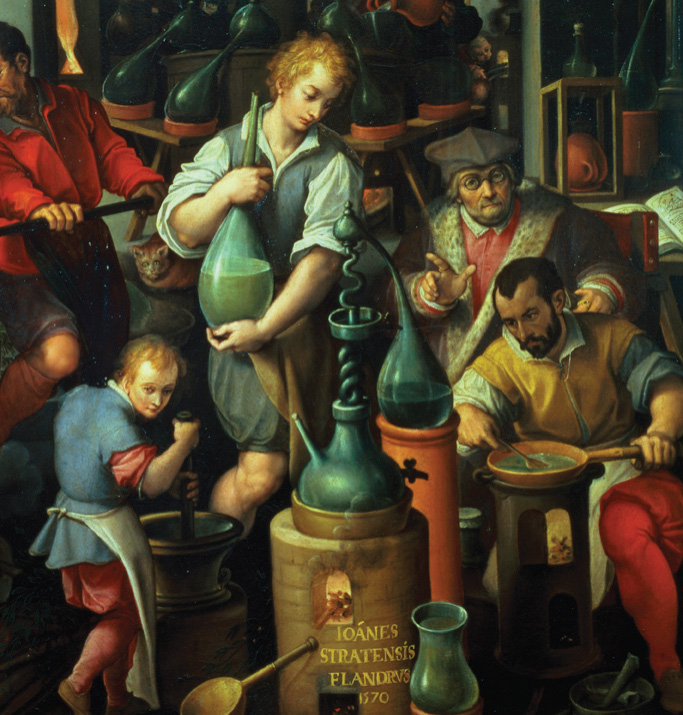HISTORY OF CHEMISTRY LECTURE
Essential Question:Where does Chemistry come from and who are some of the major contributors to the development of this field?
Learning Objective: Explore a brief history of chemistry and describe practical contributors to the field
SWBAT:
- Explore chemistry theories developed in the 19thcentury
- Investigate some of the practical uses of modern chemistry
ASSIGNMENT: Write a paper about these two incredible scientists
- Joseph Priestley
- Antoine Lavoisier
It was not until the era of the ancient Greeks that we have any record of how people tried to explain the chemical changes they observed and used. At that time, natural objects were thought to consist of only four basic elements: earth, air, fire, and water. Then, in the fourth century BC, two Greek philosophers, Democritus and Leucippus, suggested that matter was not infinitely divisible into smaller particles but instead consisted of fundamental, indivisible particles called atoms.
Unfortunately, these early philosophers did not have the technology to test their hypothesis. They would have been unlikely to do so in any case because the ancient Greeks did not conduct experiments or use the scientific method. They believed that the nature of the universe could be discovered by rational thought alone.
Over the next two millennia, alchemists, who engaged in a form of chemistry and speculative philosophy during the Middle Ages and Renaissance, achieved many advances in chemistry. Their major goal was to convert certain elements into others by a process they called transmutation(Figure 1.13 "An Alchemist at Work").
In particular, alchemists wanted to find a way to transform cheaper metals into gold. Although most alchemists did not approach chemistry systematically and many appear to have been outright frauds, alchemists in China, the Arab kingdoms, and medieval Europe made major contributions, including the discovery of elements such as quicksilver (mercury) and the preparation of several strong acids.
Figure 1.13An Alchemist at Work

Alchemy was a form of chemistry that flourished during the Middle Ages and Renaissance. Although some alchemists were frauds, others made major contributions, including the discovery of several elements and the preparation of strong acids.
MODERN CHEMISTRY
The 16th and 17th centuries saw the beginnings of what we now recognize as modern chemistry. During this period, great advances were made in metallurgy, the extraction of metals from ores, and the first systematic quantitative experiments were carried out.
In 1661, the Englishman Robert Boyle (1627–91) published The Sceptical Chymist, which described the relationship between the pressure and the volume of air. More important, Boyle defined an element as a substance that cannot be broken down into two or more simpler substances by chemical means. This led to the identification of a large number of elements, many of which were metals. Ironically, Boyle himself never thought that metals were elements.
In the 18th century, the English clergyman Joseph Priestley and Antonine Lavoisier made discoveries that will change the way people looked at chemistry.
https://www.youtube.com/watch?v=z3Gt5IOjAuc&t=1502s
No comments:
Post a Comment